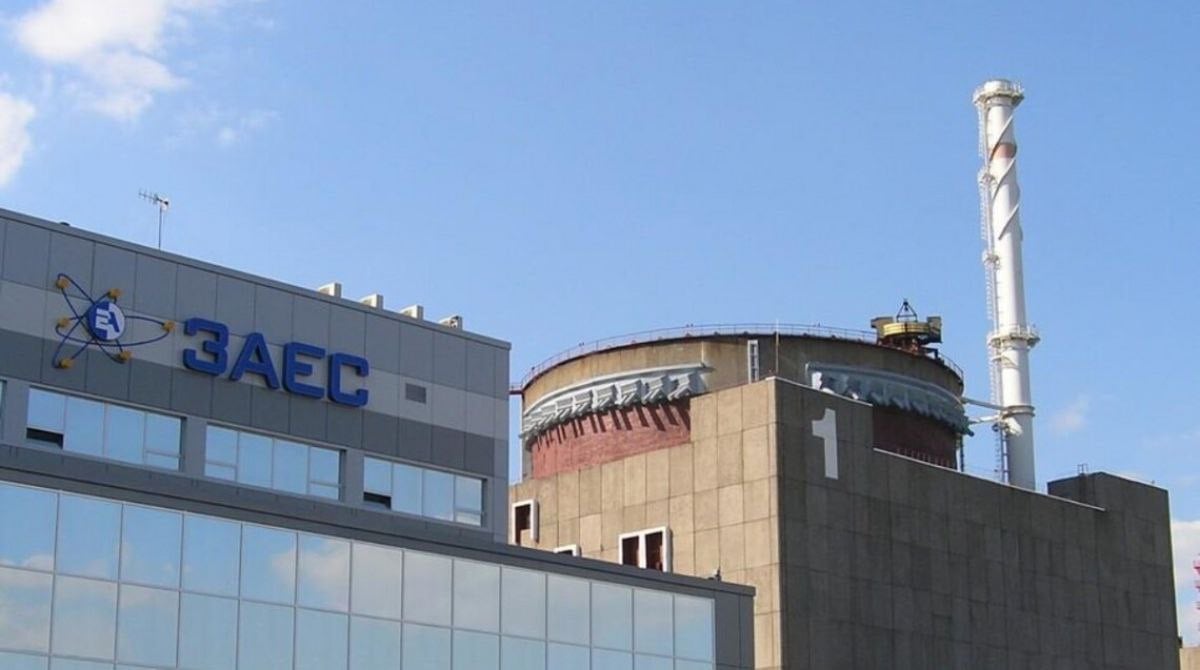ZNPP will be reconnected to the power grid: IAEA starts the process
9 October 22:49
The process of restoring external power supply has begun at the Zaporizhzhya nuclear power plant temporarily occupied by Russians. This was announced by Director General of the International Atomic Energy Agency (IAEA) Rafael Grossi, "Komersant Ukrainian" reports
This was the result of a series of intensive contacts between representatives of Ukraine and Russia in recent weeks after another power outage at the plant as a result of hostilities.
According to Grossi, since early September, he has been negotiating with both sides on specific proposals to ensure the supply of electricity needed to cool the six shutdown reactors and spent nuclear fuel.
The main focus is on creating safe conditions for the repair of the damaged power lines – Dniprovska (750 kV) and Ferosplavna-1 (330 kV), which run on opposite sides of the front line near the plant.
“Following intensive consultations, a process has been launched to restore external power supply through the Dniprovska and Ferosplavna-1 lines,” said Grossi.
“While it will take time to fully reconnect to the grid, both parties are working with us constructively. This is an important step for nuclear safety. No one will benefit from further deterioration of the situation,” he added.
on September 23, Zaporizhzhia NPP lost its connection to the grid for the tenth time since the start of the full-scale invasion after the last 750 kV line was damaged. Almost five months ago, the 330 kV backup line was also cut off.
As a result, Europe’s largest nuclear power plant operated for more than two weeks on emergency diesel generators (EDGs) to power the reactor cooling systems. Currently, seven generators are operating at the plant, and thirteen more are on standby.
The IAEA team, which is permanently located at ZNPP, reports that the temperature of the coolant in the reactors and spent fuel pools remains stable, which means that the fuel is being cooled properly. The radiation background at the plant is within normal limits.
The inspectors also confirmed that the cooling systems, including service water tanks, are operating normally. However, explosions and military activity are constantly recorded near the plant. In particular, on Tuesday evening, the mission members heard five explosions near the facility – the shock wave caused the windows in the mission building to shake.
The IAEA also reports military activity near other Ukrainian nuclear facilities – Khmelnytsky, Rivne, South Ukrainian and Chornobyl NPPs.
on October 4, a team at Khmelnytsky NPP spotted 16 drones near the plant, the closest one at a distance of 5.5 km. The next day, three drones were spotted near the South Ukrainian NPP.
The Chornobyl site still does not have access to the 330 kV line, which was de-energized last week after the shelling of a power substation near the town of Slavutych.
The situation with power supply at the plant remains critical. on September 23, Zaporizhzhia NPP lost power supply from the Ukrainian grid due to damage to a high-voltage line.
Currently, the plant is operating exclusively on backup diesel generators, which have enough fuel for about 10 days.
IAEA Director General Rafael Mariano Grossi emphasized that the situation is “extremely unstable” and poses a serious threat to nuclear and radiation safety. If the backup systems are disabled, there is a risk of nuclear fuel meltdown.
Earlier, Ukrainian Foreign Minister Andriy Sybiga said that Russia is trying to connect Zaporizhzhya NPP to its own power grid and is trying to involve the IAEA in this process.
It is worth noting that Zaporizhzhia Nuclear Power Plant (ZNPP), the largest in Europe, has been under Russian occupation since March 2022 , in fact, since the first weeks of the full-scale invasion. The plant is located in the city of Enerhodar, Zaporizhzhia region, which was seized by Russian troops.
The seizure
On the night of March 3 to 4, 2022, Russian troops shelled ZNPP, causing a fire to break out on the territory. Despite the risk of a nuclear catastrophe, fighting continued on the territory of the plant. After that, the Russian military occupied the site and took control.
International concern
The IAEA (International Atomic Energy Agency) has repeatedly stated the threat of a nuclear accident due to constant shelling, mining, power outages, and restrictions on access to the facility.
The agency’s experts are constantly at ZNPP, but their access to the facilities is often restricted by the Russian administration.









